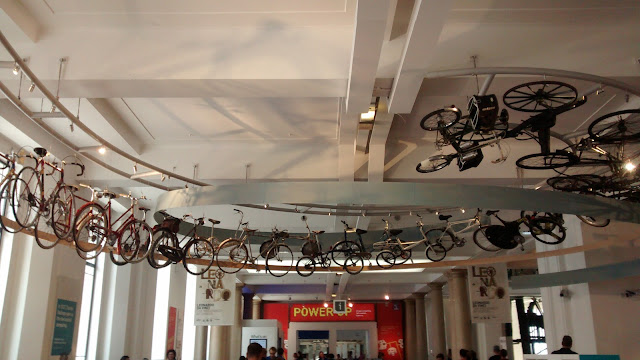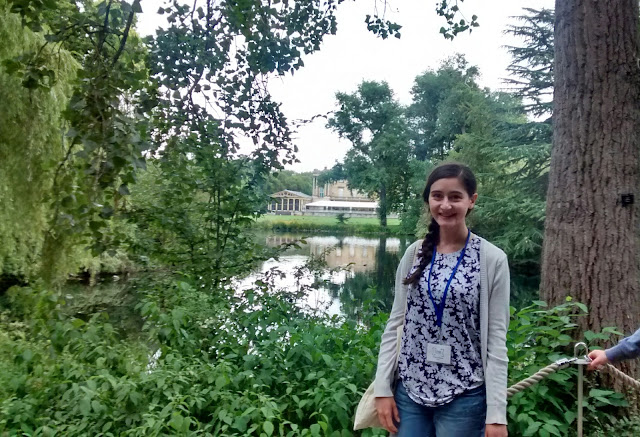Do I begin with the inspiring lecturers, each passionately relaying new scientific discoveries and exciting advances in their field? I could easily begin with the scientific visits, where we donned lab coats and learned about the inner workings of top laboratories, where we listened to scientists, nurses, doctors, and graduate students describe their work and encourage us in our own. Yet equally as pertinent, I could begin with the friendships, the bonds made with like-minded individuals who may live continents and oceans away, but who now reside very close to my heart. I think perhaps the best place to start is here, with the people of LIYSF 2016.
The activities formed the framework for an excellent forum, but it was the participants that actually made it so memorable. I can't begin to tell you how inspired I was by each person I met. Out of every country came curious, hard-working and motivated individuals who are determined to make their contribution to science. They don't focus on their young age. They don't focus on their lack of a PhD. They don't focus on the schools and laboratories that turned them down. So, what do they focus on?
They focus on their work, on what excites them in science, and they put on proverbial "horse blinkers" to keep themselves from comparison, to shut out the naysayers, discouragements, letdowns. They keep going, keep reading, keep learning, keep asking questions.
They are the same people who taught me a traditional Taiwanese dance outside of Buckingham Palace. They are the same people who joined me as we adorned ourselves with blue stripes to cheer on Beit hall at the LIYSF Olympics. They are the same people who gave me a Chinese lesson, making for the best bus ride, ever! It was these very people who I had conversations with about education in Germany and Pakistan, the government in Poland, the food in Portugal. So many scientific minds coming from so many cultures, resulting in a beautiful sharing of culture and knowledge.
I loved it when I was talking to someone and they mentioned something completely foreign to me, which happened quite often over the course of the forum! For this reason, I carried my notebook with me so I could jot something down to look up later, perhaps a book title, an author, a scientist, or a documentary. The learning in this forum extended far, far beyond the lecture hall, but pervaded each conversation as we rode on the underground or waited in line for the London Eye.
It's difficult to conclude such as time as LIYSF 2016. Although the forum itself has ended, the friendships have only just begun. The ideas planted in our mind have begun to sprout, and a lifetime of discovery, learning, and cross-cultural collaboration lies ahead.
- Vivienne
























































